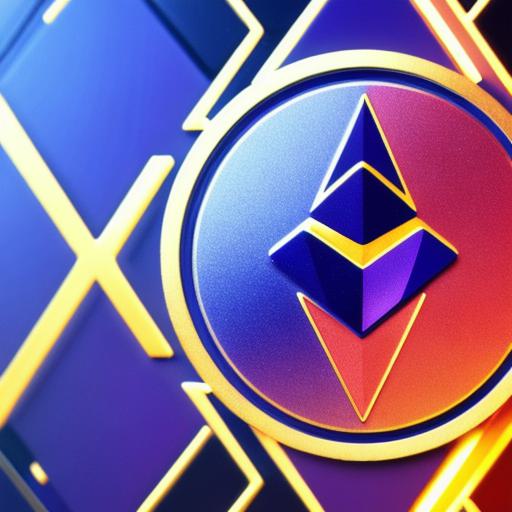Introduction:
The world is rapidly changing, and blockchain technology is at the forefront of this change. One of the most promising and innovative blockchain platforms is Ethereum, which has been at the center of the development of decentralized applications (dApps) and Web3 technology. In this article, we will explore the future of Ethereum with Web3 technology, and discuss its potential to revolutionize various industries. We will also provide a comprehensive guide for developers on how to get started with Ethereum and Web3 development.
The Potential of Ethereum and Web3 Technology:
Ethereum has been at the center of the development of decentralized applications (dApps) and Web3 technology. dApps are computer programs that run on a blockchain network, allowing users to interact with each other without relying on intermediaries such as banks or governments. Ethereum is the most popular blockchain platform for building dApps, and its smart contract functionality enables developers to create self-executing agreements that can be programmed to automatically execute when certain conditions are met.
Web3 technology refers to the next generation of the internet, which is built on decentralized and distributed systems. Ethereum is at the heart of Web3 technology, as it provides a platform for building decentralized applications that can be accessed and used by anyone in the world. These dApps are powered by blockchain technology, which provides transparency, security, and immutability. This makes them ideal for a wide range of industries, including finance, healthcare, logistics, and more.
Case Studies:
There are many examples of how Ethereum and Web3 technology have been used to solve real-world problems and create new opportunities. For example, the Decentralized Autonomous Organization (DAO) is a decentralized organization that was built on the Ethereum blockchain in 2016. The DAO raised $150 million in ether, Ethereum’s native cryptocurrency, and used it to fund various projects and initiatives. The organization was run by smart contracts, which automatically executed when certain conditions were met. However, a security vulnerability in the smart contract code allowed a hacker to steal a significant portion of the funds. This incident highlighted the risks associated with decentralized applications and smart contracts, but it also showed how they can be used to create new forms of organization and governance.

Another example is the creation of non-fungible tokens (NFTs) on Ethereum. NFTs are unique digital assets that are stored on the blockchain, allowing them to be bought, sold, and traded like traditional artworks. This has created a new market for artists and collectors, as well as providing a way for creators to monetize their work in a more direct and transparent way.
Getting Started with Ethereum and Web3 Development:
For developers who are interested in building dApps and other Web3 applications on Ethereum, there are several resources available to help them get started. The official Ethereum website provides documentation and tutorials for developers, as well as tools and libraries that can be used to build and deploy dApps. There are also many online communities and forums where developers can connect with each other and share knowledge and best practices.
In addition to technical skills, developers who want to work in the Web3 space will also need to have a good understanding of the industry and its trends. This includes staying up-to-date with new developments in blockchain technology, as well as learning about the various use cases for dApps and Web3 applications.
Conclusion:

The future of Ethereum with Web3 technology is bright, and there are many opportunities for developers to get involved and contribute to this rapidly growing field. By building dApps and other Web3 applications on Ethereum, developers can create new forms of organization, governance, and innovation that have the potential to change the world as we know it. So if you’re a developer who is interested in working
